Biology The Study of Life: Part 18 (Charles Darwin On The Origin of Species)
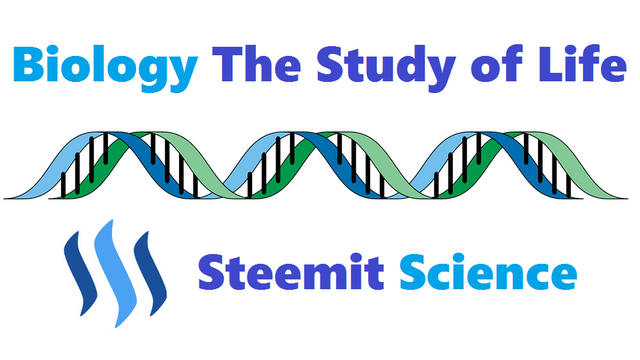
Introduction
This informative series of posts will explore modern biology; the fundamental principles of how living systems work. This material will always be presented at the level of a first-year college biology course, without assuming any prior background in biology or science. It also presents material in a conceptual format. Emphasizing the importance of broad, unifying principles, facts and details in the context of developing an overarching framework. Finally, the series takes a historical approach wherever possible. Explaining how key experiments and observations led to our current state of knowledge and introducing many of the people responsible for creating the modern science of biology.
At almost the same time that Mendel was working out his laws of inheritance, Charles Darwin was completing his masterwork On the Origin of Species by Means of Natural Selection.
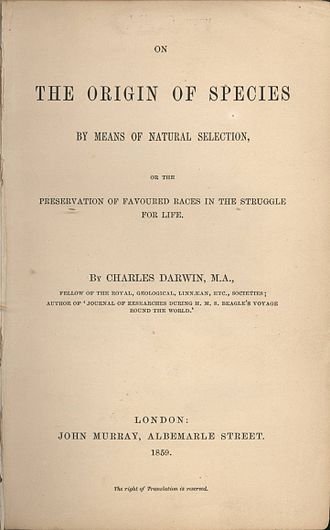
The book in which he proposed a radical new theory natural selection as a mechanism to account for the change of species over time. This post begins with an overview of 19th-century views on geological history, natural theology, and evolution. It then describes the long journey both physical and intellectual that led Darwin to the final articulation of his theory. The post ends with a summary of Darwin’s argument for how natural selection acts on populations and leads to evolutionary change.
Over the last several posts, we have examined how traits are transmitted from parents to offspring in a way that both maintains continuity of information across generations and introduces genetic variation.

An important consequence of genetic variation is that it provides the substrate for evolutionary change. When considered over the time span of Earth’s history, the most significant manifestation of genetic variation is the evolutionary transformation of life from the simplest early cells to the enormous complexity and diversity of living things we observe today. Scientists consider the idea of evolution as established fact today, but such was not the case only 150 years ago. The insights of the naturalist Charles Darwin, summarized in his 1859 publication On the Origin of Species, began our modern understanding of evolutionary biology.
Charles Darwin was born in 1809 in Shrewsbury, England.

Darwin’s father desired his son to study medicine, but Darwin himself had little interest in the subject and proved to be an unsuccessful student. Darwin’s real passion lay in natural history the description of plants and animals in their natural habitats. He aspired to join the clergy because natural history was a typical pursuit of clergymen at the time, who saw such activities as a way to illustrate the glory of God through his creation. In 1831, Darwin took a position as ship’s naturalist on H.M.S. Beagle, which was to embark on a five-year voyage of exploration around the globe. One of Darwin’s jobs was to collect plant and animal specimens from all over the world.
The prevailing view in the early 19th century was that all organisms were formed by a “special creation,” such as that described in Genesis, and that species remained immutable.
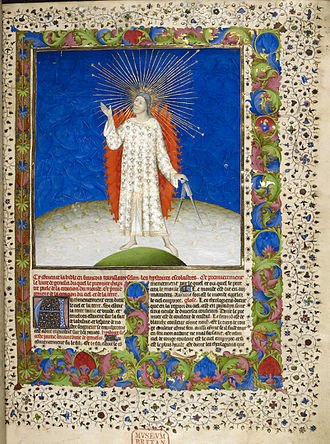
This was a Greek and a Christian idea and had dominated Western thinking for more than 2,000 years. The rapid progression of research in the biological and geological sciences began to yield data that did not support the view that the Earth and the species it contained were immutable. Geologists realized that the Earth was much older than religious doctrine suggested and that geological features underwent radical transformations over time. They also realized that physical forces at work in nature could explain current physical features, as explained by Charles Lyell’s theory of gradualism.
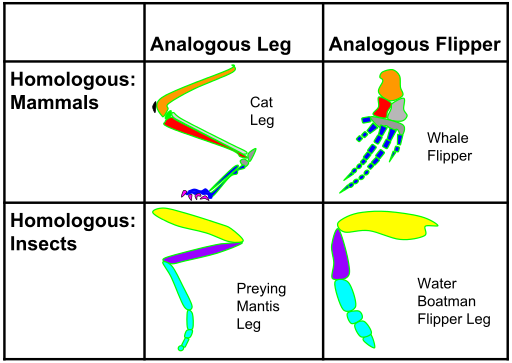
Comparative anatomists noticed that animals that looked very different shared many of the same basic parts, even if those parts differed in their details. For example, the forelimbs of birds and mammals are different, but they clearly share the same set of bone types. The existence of homologous structures can be understood if species were transformed from a common ancestor. Structures without apparent function vestigial structures could also be understood best as leftovers of a gradual process of change.
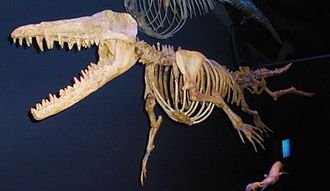
Paleontologists identified fossils of species that were no longer living, demonstrating that species are not constant, at least to the extent that some species that existed previously on Earth no longer exist today. It was also obvious that some fossil species resembled modern species, suggesting that the living form descended from the fossil form. This situation was common enough to be stated as the Law of Succession, which said that modern species descended from fossil species through a series of intermediates.
Based on these kinds of evidence, several theories of evolution had been proposed before Darwin’s work;
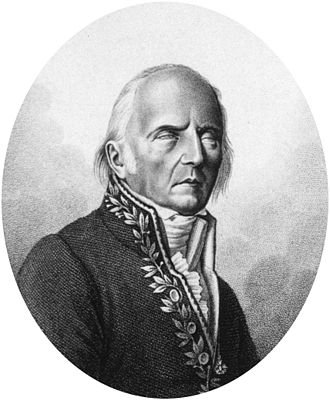
most notable was Jean-Baptiste Lamarck’s theory of acquired characteristics, which suggested that changes caused by use or disuse of an individual’s body parts could be passed on to successive generations of offspring. Lamarck was correct in his argument for evolution, but the evolutionary mechanism he proposed was fundamentally flawed. Our modern understanding of genetics, in particular as described in the Central Dogma, makes it clear that information cannot flow from proteins back to DNA. Lamarck also was correct to point out that the environment plays an important role in evolution.
Darwin’s work on the Beagle provided him with abundant evidence for geological change, homologies among species, and relationships between fossil and living forms.
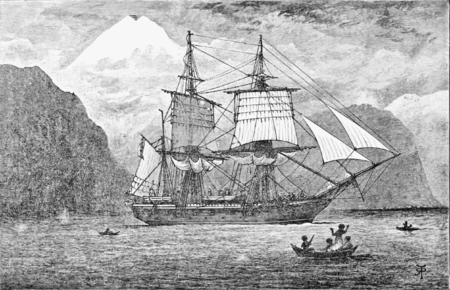
Particularly illuminating were species occurring on island groups, including the Galapagos Islands, where Darwin observed groups of species (such as the so-called “Darwin’s finches”) that were all quite similar but differed from island to island in a way that seemed particularly well suited for the conditions found on each island. The differences between groups on different islands made sense if all groups had descended from the same common ancestor but had, since that time, adapted to their particular environment. Darwin called this pattern “descent with modification.”
After Darwin returned from his trip in 1836, he spent more than 20 years working on what he called the “species problem.”
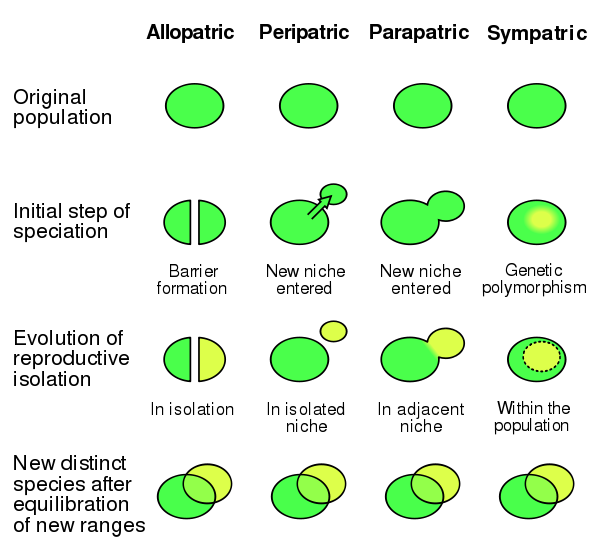
The modern meaning of the term "species problem" has taken on additional connotations but to Darwin the issue was focused on speciation. In 1844, Darwin prepared a short essay describing his solution to this problem, but he was reluctant to publish as he continued to gather more evidence to support his ideas. Darwin’s hand was forced in 1858 when Alfred Russell Wallace, a naturalist working in the South Pacific, sent him a manuscript that essentially spelled out the same theory as Darwin’s. After consulting with colleagues, Darwin had both his and Wallace’s papers published simultaneously. Darwin provided a detailed and more completely supported exposition of the theory in On the Origin of Species by Means of Natural Selection the following year.
Darwin’s contribution was not to propose that evolution occurred but, instead, to suggest a specific mechanism by which evolution could occur.
He called this mechanism “evolution by natural selection.” The essential elements of the theory of natural selection are really quite simple.
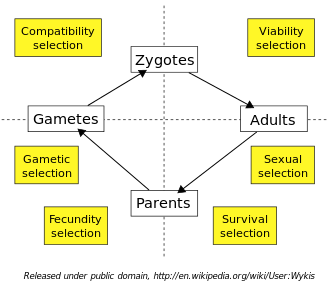
- There is variation among individuals of a species, and some of this variation is heritable.
- In general, more offspring are produced by species than can survive.
- Given that there are more offspring than resources can support, there is competition among individuals for resources available to them to grow, survive, and reproduce.
- Some variations will be more successful than others in allowing individuals to take advantage of these resources in a particular environment.
- These more successful individuals will be “naturally selected” to survive longer and leave more offspring that share successful adaptations for that environment.
- Over time, natural selection will cause species to evolve adaptations that are particularly well suited for survival and reproduction in a given environment.
Darwin’s book created an enormous stir in Victorian England,
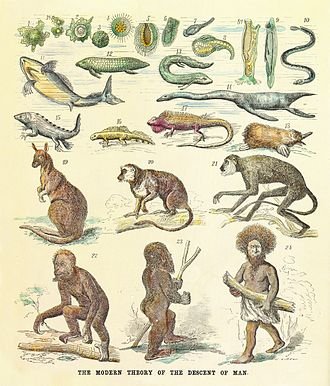
largely because of the extension of the theory to human evolution and the suggestion that God was not necessary to account for all natural features. Darwin’s evidence made clear that evolution does occur; his theory of natural selection was also generally accepted, although scientists continued to debate its details for many years.
END PART 18
BIOLOGY THE STUDY OF LIFE:
PART 1 INTRODUCTION
PART 2 WHAT IS LIFE
PART 3 ORIGIN OF LIFE
PART 4 CELL TO ORGANISM
PART 5 PROTEINS
PART 6 CODE OF LIFE
PART 7 DOUBLE HELIX
PART 8 REPLICATING DNA
PART 9 CENTRAL DOGMA
PART 10 GENETIC CODE
PART 11 DNA TO RNA
PART 12 RNA TO PROTEINS
PART 13 MISTAKES HAPPEN
PART 14 WHEN CELLS DIVIDE
PART 15 MENDEL'S PEA PLANTS
PART 16 SEX AND VARIATION
PART 17 GENES AND CHROMOSOMES
PART 18 CHARLES DARWIN ON THE ORIGIN OF SPECIES
PART 19 NATURAL SELECTION


 or
or  @pjheinz
@pjheinzImage Credits:
ALL IMAGES UNLESS NOTED - Wikipedia